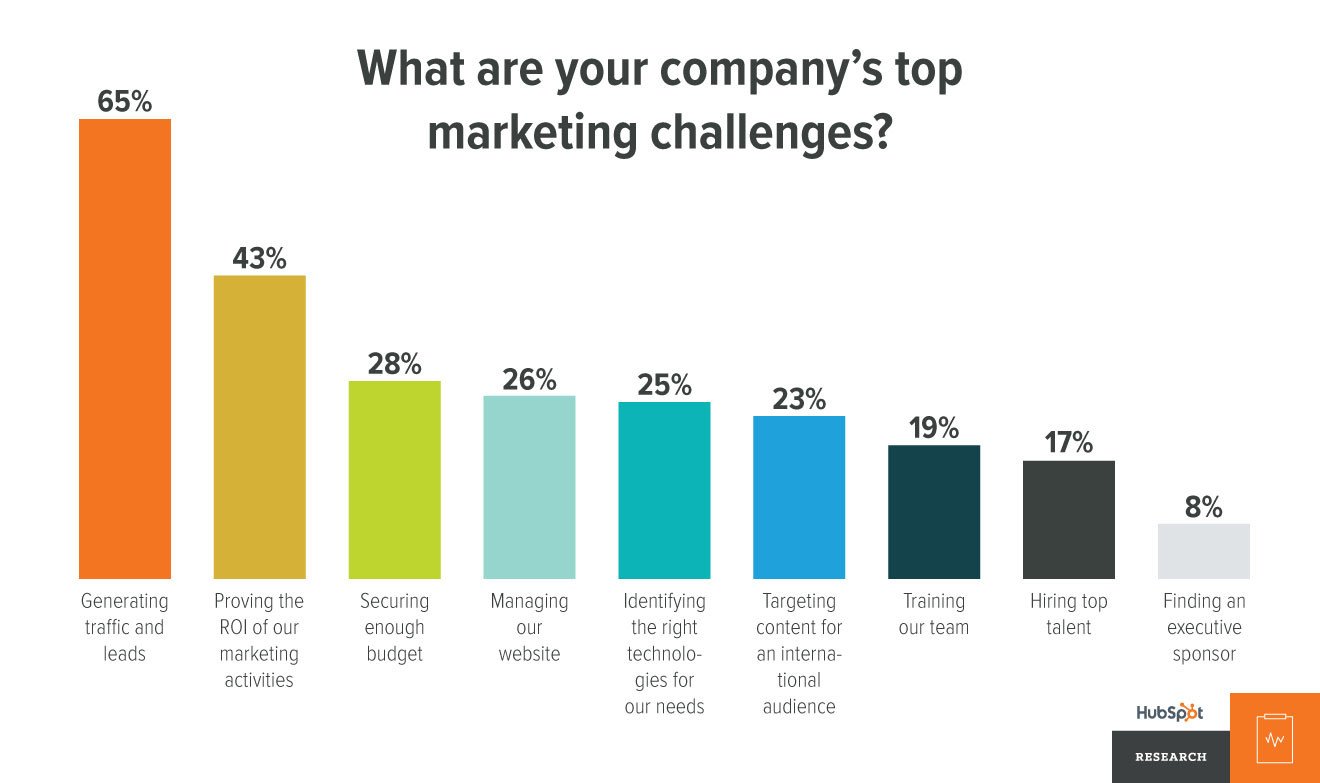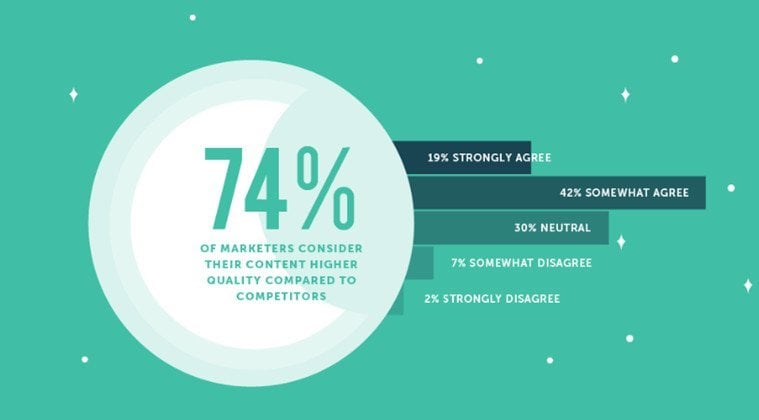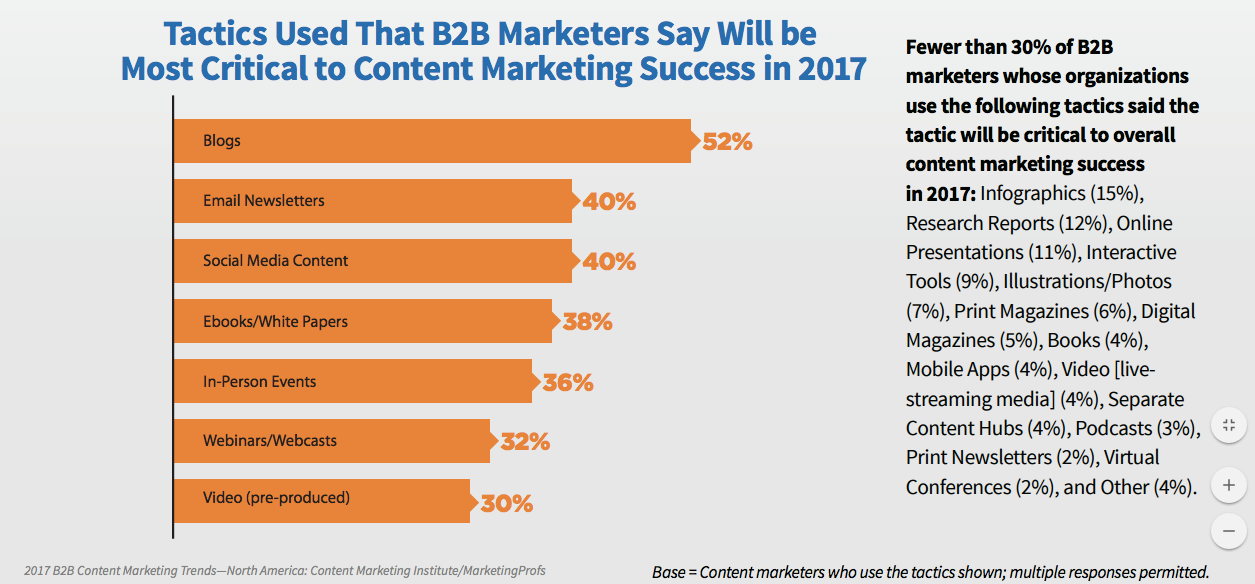The difference between marketing and strategic marketing is sort of like the difference between a piece of cheese and using that piece of cheese to make some delicious lasagna – while the former may be great on its own, it’s nothing when compared to its use as part of an overall plan that makes the best use possible of all the parts involved.
A strategic marketing plan integrates selected, targeted marketing tactics all with common goals; while marketing alone is often activity without purpose.
Strategic marketing is ensuring that every one of your marketing efforts ( e.g., e-newsletters, advertising in magazines, website, direct mailers and so on ) aligns with your overall plan to connect the information you have with the audience that needs to hear it.
The key to understanding and creating an effective strategic marketing campaign is developing a comprehensive strategic marketing plan that allows everyone in your organization to understand what your marketing goals are and your plan for accomplishing them.
What Should A Strategic Marketing Plan Include?
Marketing has become extremely complex between hundreds of channels, many software options, tons of data, and audiences who have become numb to advertising along with short attention spans.
This is all the more reason for your marketing to be strategic rather than reactionary or just activity to fill the void.
A great strategic marketing plan should provide the following:
- Clear prioritization of target industries, regions and audiences to ensure we are reaching the right people.
- Definition of both goals and KPIs ( Key Performance Indicators ) with a plan to report the most critical metrics.
- Selection of the right software platforms and tools based on your needs that have the ability to work seamlessly together.
- Planning for resources, timeline and talent to execute across writing, design, programming, data analysis, systems integration, marketing and the needs for channels to be leveraged.
- Organization of specific, targeted campaigns as well as general marketing tactics that lead prospects through awareness, engagement, conversion, nurturing, and sales.
If you ask marketers about what challenges they struggle with most, the top answers are generating traffic into leads and proving ROI.

While we must be agile in our approach and adapt to new information, changing business conditions as well as shifting organizational priorities, strategic planning can mitigate some of our greatest marketing challenges.
Read on to learn more about five key aspects of a strategic marketing plan.
“Every business exists to solve a problem. Identifying what these problems are can be useful in determining who your target audience is. However, it’s not just enough for you to think an error exists; your potential customers also need to be aware that they have the problem.”
Audience Identification, Analysis, and Prioritization
Whether you’re a software startup or a mom and pop auto shop, your marketing only becomes strategic when you know your audience inside and out.
More importantly, remember that whatever you sell fulfills a need or solves a problem for your target market.
Therefore, when identifying and analyzing your target audience, always start at the end:
- Who is your audience?
- What information are they looking for?
- Where would they look for this information?
- How often are they looking?
If you sell technology or software to help small businesses manage finances, then you should build out strategic target personas of who might be buying your product. Don’t be afraid to engage with some of your current customers to help develop this, as their word will be better than you simply “filling in the blanks.” You can then determine how they look for software like yours (google search, review sites, online forums, etc.) and when they typically look for solutions like yours.
Audience identification and analysis takes marketing to the strategic level because you’ll be able to target your message to achieve the highest ROI, instead of simply taking a “spitball” approach that often too many businesses take.
Explore our show on Brand Strategy to learn about prioritization and differentiation.
“Have you ever gone to catch a train without looking at the departure times first? Probably not. Most people would rather not take the risk, especially when the information is easily available. So why would you create a digital marketing strategy without a competitor analysis?”
Analyzing Your Competitors
Your marketing doesn’t exist in a bubble, plain and simple. Even if you think what you’re doing is effective, prospects and customers are going to stack things up with your direct competitors.
One of the key differentiators between strategic and non-strategic marketing is analyzing the competition in order to fine tune your own approach.
Effective competitor analysis should look at what “they” are up to:
- Where is the competition spending their marketing dollars?
- Where are they ahead and where are you ahead?
- Which types of clients are they attracting that you want to go after?
- Are you looking to pull even with them or pull ahead?
You can conduct a competitive marketing analysis with a variety of information, tools, and resources available online. Use Google Keyword Planner or Moz to run reports on where your competitors rank for key search terms. Or inventory their content marketing to see what topics they’re blogging on, how often, etc.
Without a competitive analysis and the ability to craft a message that stands out from the crowd, your marketing simply won’t be at a strategic level.

“ In a five-year study, researchers analyzed the growth and performance of 1,850 corporations. They found that the companies with the most sustained profitable growth had used a systematic, disciplined approach to expand the boundaries of their core business into an adjacent space.”
Opportunity Analysis And Goal Setting
A strategic marketing approach needs to be in alignment with the key opportunities that your business is going after.
Therefore, you’ll want to conduct a thorough opportunity analysis in conjunction with your marketing plan.
Whether it’s expanding into a new market, shifting your product or service offerings, or going after different demographics, here are some things to consider as you’re on the lookout for new possibilities and opportunities:
- Where are we looking to grow our business?
- Where is the biggest profit opportunity?
- Where is the biggest volume opportunity?
- What capabilities do we have now that we didn’t have a year ago?
- What action steps are needed to go after these opportunities?
Without conducting a thorough opportunity analysis, you won’t be able to strategically market to the highest value customer segments. You’ll want to also explore adjacent opportunities to your core business that will allow you to easily build upon your current expertise, and brainstorm potential marketing strategies to attack those new verticals. Think of potentially valuable demographic segments that are similar to your current customers, and analyze which ones you might want to start marketing to.
By conducting an opportunity analysis, you’ll have a better idea of where your business should expand next, and start thinking of which marketing capabilities you’ll need to build out to expand.
“Designing strategic messaging is definitely worth the effort. Simple and concise messages resonate with your prospects and lead to less friction in the sales process. Strategic messaging drives effective content strategy since it helps your organization focus on target audiences and their values.”
Brand Positioning And Marketing Message Analysis
Another key pillar of strategic marketing is figuring out what you’re saying, what you need to be saying, and the best way to say it.
In short, conducting a messaging analysis will allow you to fine-tune your communications and make sure that everything from your website copy to your company blog is laser-focused on what connects with your target audience.
Here are some of the key aspects to a strategic marketing message analysis:
- What messaging is currently out there about your company?
- How did it get there?
- What is the “elevator speech” version of what you want your customers to know about your company?
- What are the three most important pieces of information that will attract new business?
- What messaging drew current customers to you and not to your competition?
A digital marketing partner can help you take many of the above steps, including an inventory of your current messaging and digital assets. Messaging that is nonstrategic can come across generic or haphazard at best, and completely off putting to your target market at worst.
That’s why it’s so important to take a strategic approach to your messaging, and focus on your key differentiators and the problems you solve for your customers.
“When creating your marketing plan, strategic marketing comes first because it deals with the direction of your business growth in relation to your competitors. It is a long-term goal that is broad. Next, comes tactical planning which consists of the actual process involved in improving your competitive position.”
Building Marketing Tactics Into Targeted Campaigns
The final element that sets strategic marketing apart from any run-of-the-mill approach is mapping out the specific tactics that will help you achieve your overall business goals.
While the above five steps lay the foundation for any strategic plan, marketing tactics lay out how you’ll accomplish the “blocking and tackling” of actually getting the word out to your target audience, engaged on the right channels, and moving efficiently down the sales funnel.
Whether it’s digital channels like blogging and social media, or traditional avenues like radio and print, here’s what you’ll want to ask yourself when outlining the specific tactics you’ll take to execute on connecting your clients with your message:
- What is the most effective use of your marketing budget?
- What mediums (e.g., website, print materials, branding materials, mobile applications, social media, etc.) are the most effective for reaching your target customers?
- What is your month-by-month strategic marketing plan for the next year to attract new business and retain current customers?
- How can you leverage existing clients to attract new clients?
- How can the tactics be interlinked to improve the overall performance of each piece?
Implementing the correct marketing tactics based on the previous four steps and analysis is where a strategic marketing approach really shows how valuable it can be. You’ll be able to see your content generating leads, your social posts generating traffic, and (hopefully) sales going up in the markets and demographics you’re targeting.
Tactics are where all the hard work you’ve done finally starts to pay off, and you can actually see the bottom line impact versus a non-strategic approach to marketing.

“The essence of strategy is choosing what not to do.”
Michael Porter
Final Thoughts on Strategic Marketing
A comprehensive and accurate strategic marketing plan, assuming that you have the dedication and commitment to follow it, will open new doors with potential and existing clients and connect them with the information that they’re looking for.
This type of dedication is the difference between companies that are “players” in a given sector and those that are “winners” in their sector.
One important thing to watch for is the “Activity for Activities Sake” marketing approach that feels good because you are checking boxes off the list, but doing so without any real strategy or plan. Many companies get sucked into this trap and get an endorphin rush when a blog gets written or they see a post on their company’s social media feed.
Although it can feel good for a minute, it is often empty and doesn’t produce results.
If you want you marketing to really work, it needs to be part of a well-thought strategic marketing strategy and plan.
“To be successful and grow your business and revenues, you must match the way you market your products with the way your prospects learn about and shop for your products.”
Brian Halligan, CEO of HubSpot
Additional Resources On Strategic Marketing
Want to learn more about Strategic Marketing? Well, here are some key articles we have compiled for you.
What Is Strategic Marketing?
Organizations use strategic marketing to create a plan to better reach and satisfy customers while increasing profitability and productivity.
Six Actionable Steps to Build a Strategic Marketing Plan at Your Organization
Building an annual B2B marketing plan is no simple task. The plan must provide a strategy to transform business objectives into marketing priorities and goals, while outlining how to execute and reach those goals.
The Strategic Marketing Process: A Complete Guide
A well defined and feasible marketing strategy makes meeting customer needs a likely and attainable goal. And while most companies do great marketing, only a few have created brand attachment and customer loyalty through their marketing practices and tactics.
